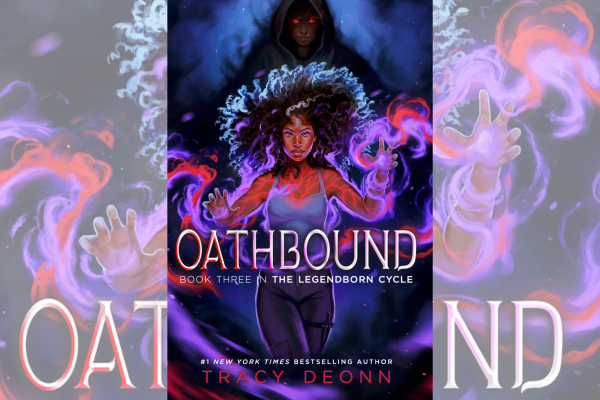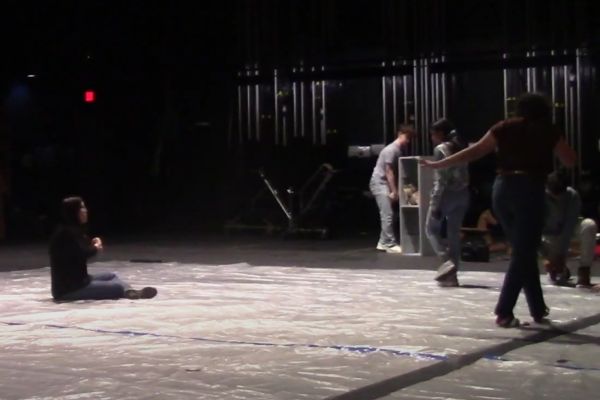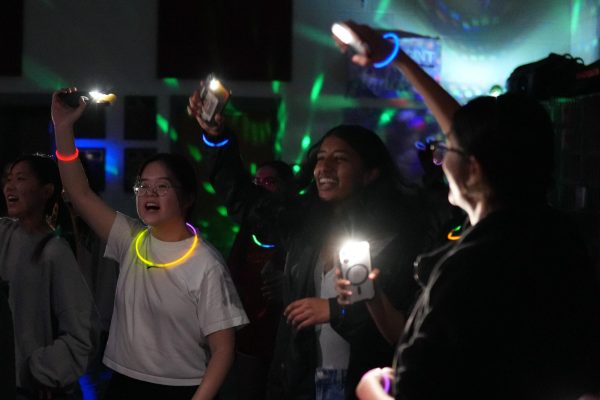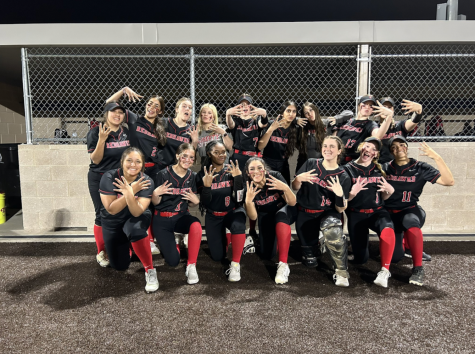Pastels bring life to the page
Former senior Lauren Tanghongs paints herself for the portraits project in AP Drawing. Other than using pastels for a change, students learned how to incorporate the skill of realism in their pieces.
Using layers of highlights, lowlights, green shades, and skin tones, AP Drawing students put pastel pencils to gritted paper as they develop realism portraits of themselves, family members, and friends.
Beginning after Thanksgiving break and continuing for the next few weeks, students like junior Emma Varela have taken on the challenge of working with new mediums for the first time.

“I approached this portrait initially with caution because I’ve never used pastel pencils before,” Varela said. “I had to just get used to looking at myself so much. Sometimes while looking at my drawing I thought something looked off but then I got other opinions and it was just me getting in my head.”
Art teacher Pernie Fallon sees the project as a stepping stone for students to expand their skills and abilities.
“This project makes the student look and measure and get proportions right and balance and even using the grid system so that we can see negative and positive space,” art teacher Pernie Fallon said. “Realism is really important because you have to have realism before you can even move into anything like abstraction, or cubism, or any of the other periods or styles of art. It is about looking and seeing and having that hand-eye coordination response to what you see.”
Going beyond the art studio, Fallon believes the skills developed during the project help students throughout their lives.
“It’s important for AP drawing so that the students can enhance their drawing skills and enhance their abilities to look, see, and transfer what’s in their mind’s eye to the paper or the project they’re working on,” Fallon said. “Outside of art, this project is important because it does finetune your motor skills. Say for example, if you’re going into surgery, you will be a more precise surgeon, or whatever you do, it’ll help you be more skilled at it.”
There have been challenges along the way for both Fallon and her students from the set-up to the drawing techniques themselves.
“There’s lots of challenges: from setting up the grid, to taking the correct or an interesting picture, not just a portrait but something really interesting not only for the viewer to see but for the artist to produce, that’s a challenge,” Fallon said. “Then there’s all the technical challenges: the ways to use pastels, the ways to draw, the style you want to use and so on.”
Despite challenges like setting up a guideline grid, senior Lauren Tanghongs sees the benefits behind such tools.
“Using the grid actually really helps me to find the exact angles and lengths that I need to use,” Tanghongs said. “I think watching it come together after I take pictures is really surprising. It’s kind of scary to see when it’s all green, but when you start to add in skin tone it starts to look better.”
Discovering new techniques has allowed Tanghongs to focus more on developing her portrait little by little.
“I’ve never done anything like this before, so I wanted to push myself by using my face because it usually never looks like me in my art,” she said. “I started with a rough sketch just to get in the main points and I tried to still work in little sections and not go into much detail right now.”
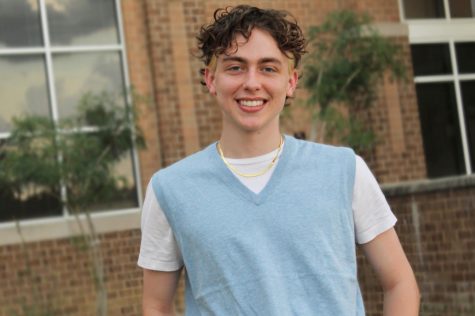
Aaron Boehmer is a senior and in his fourth year of working on the Wingspan staff, third as an editor. Aaron is hoping to study journalism or political...




